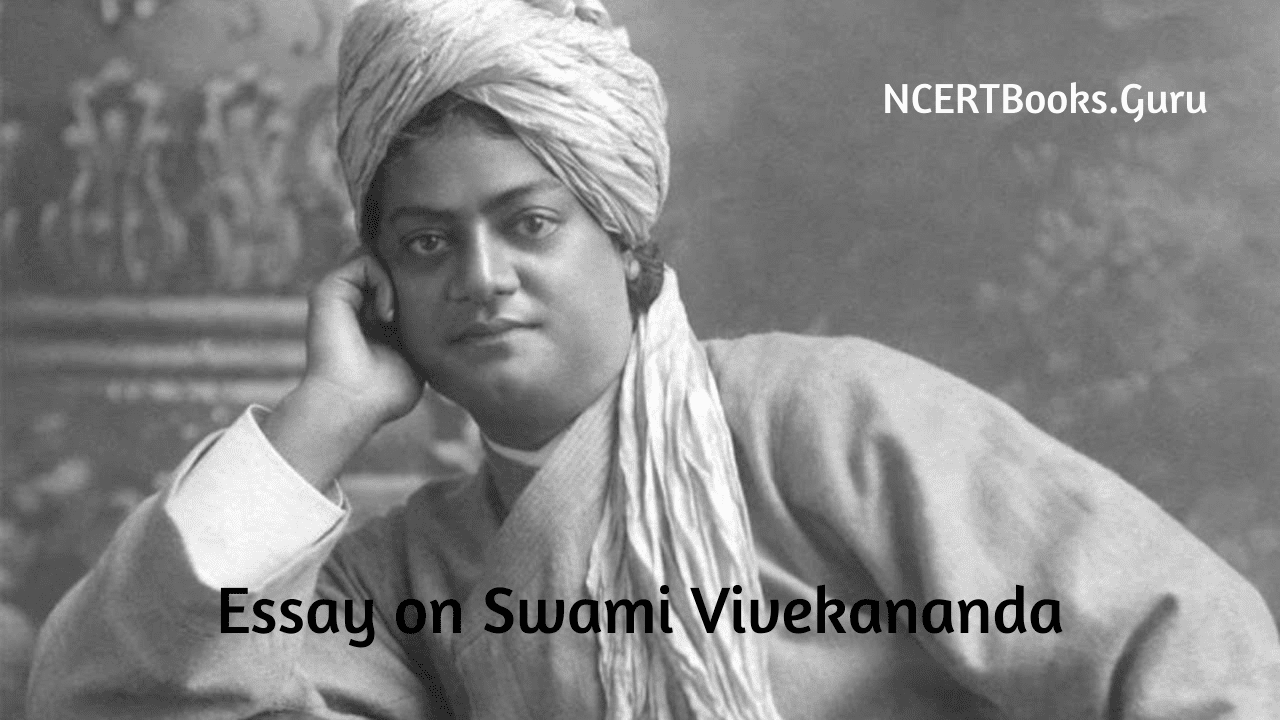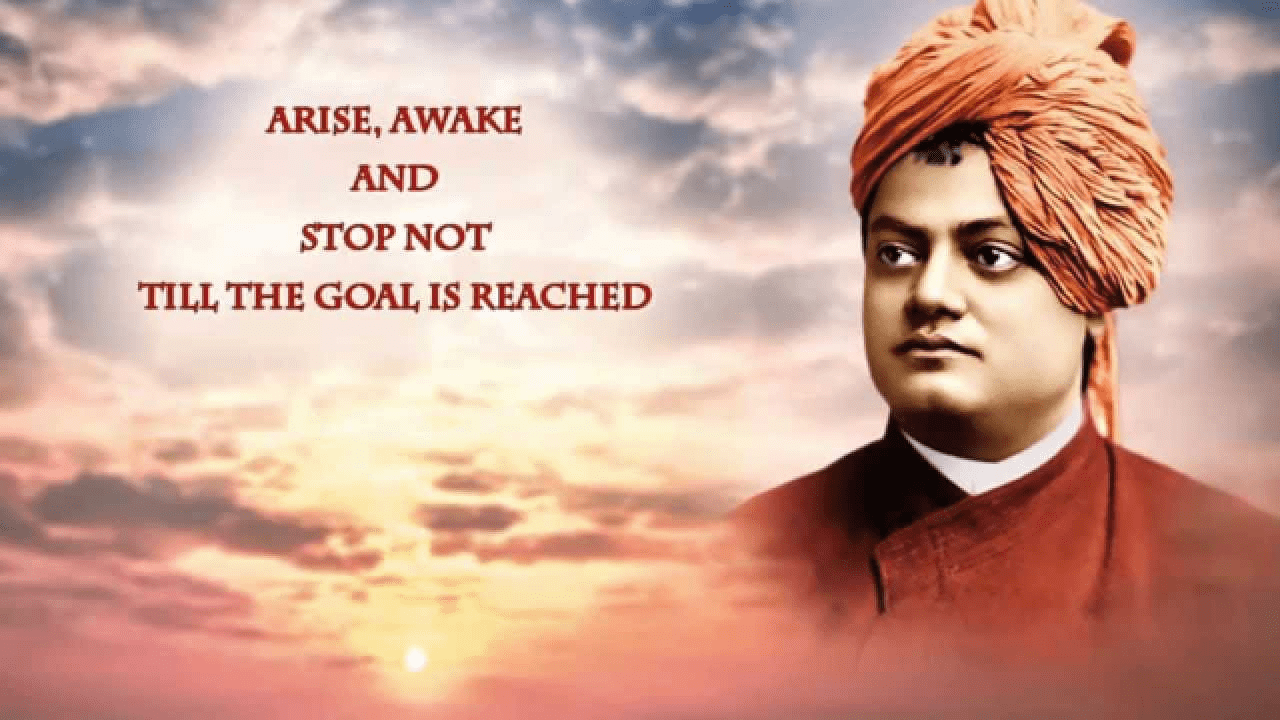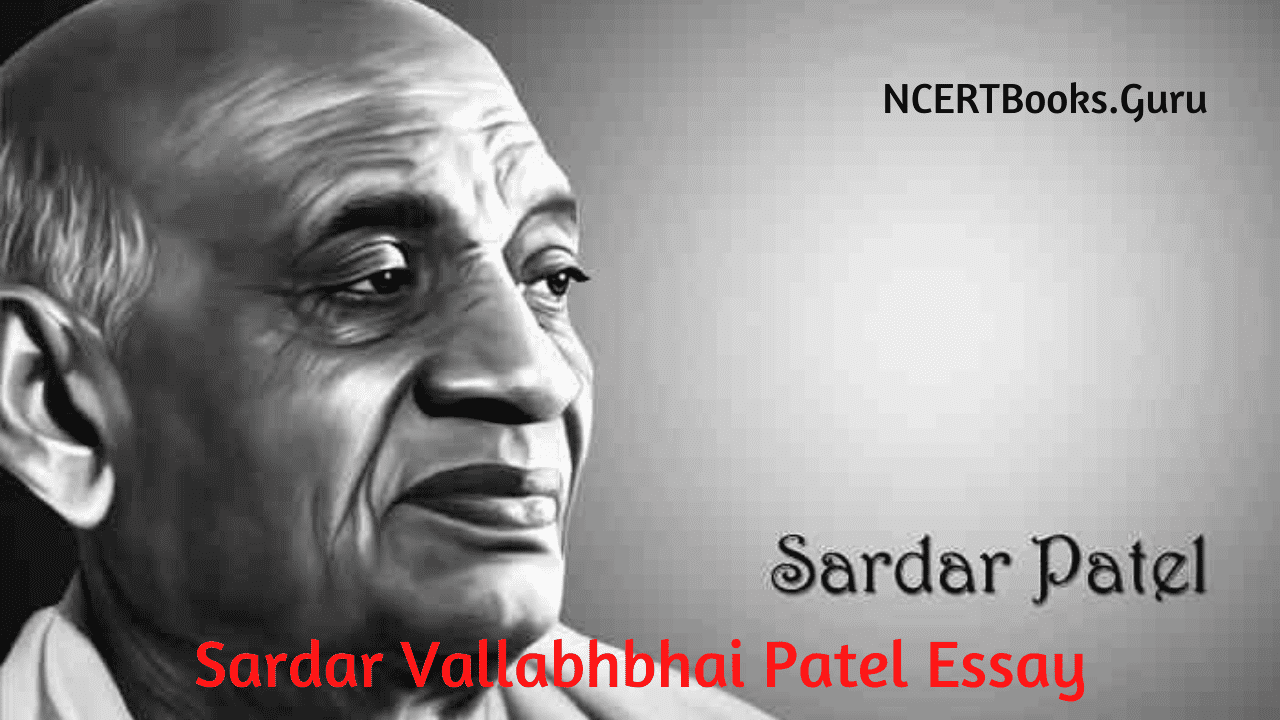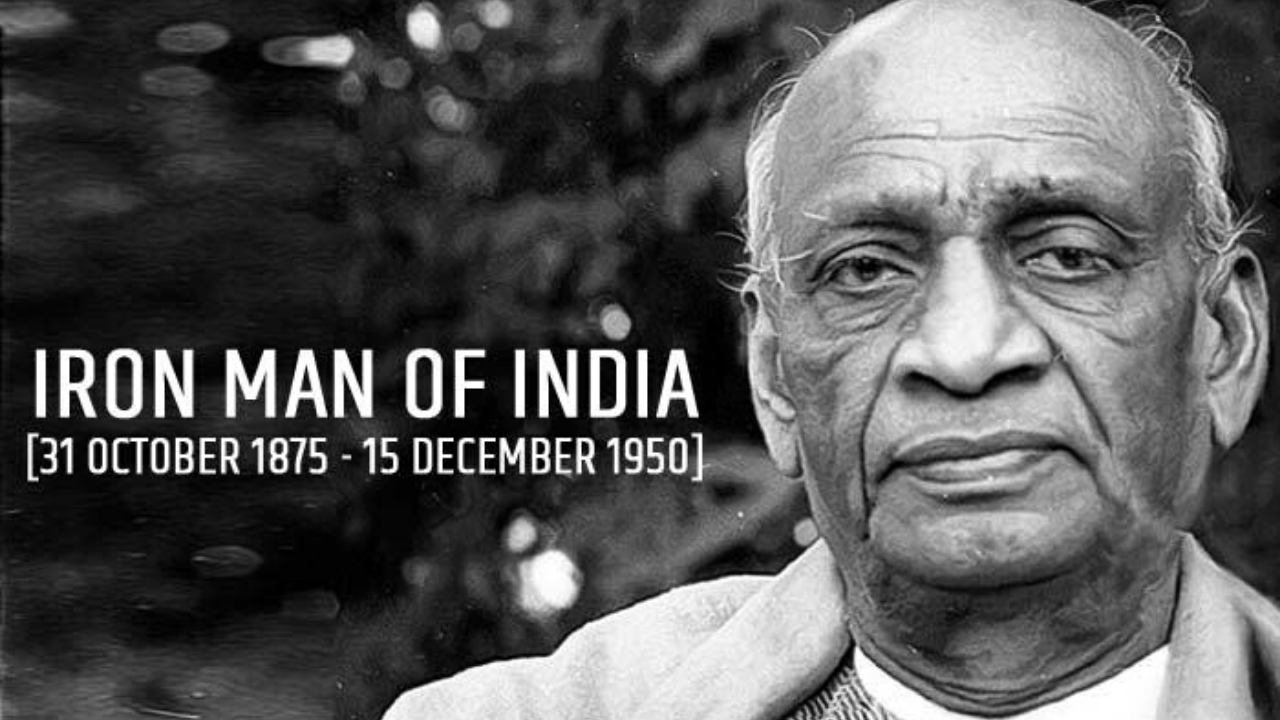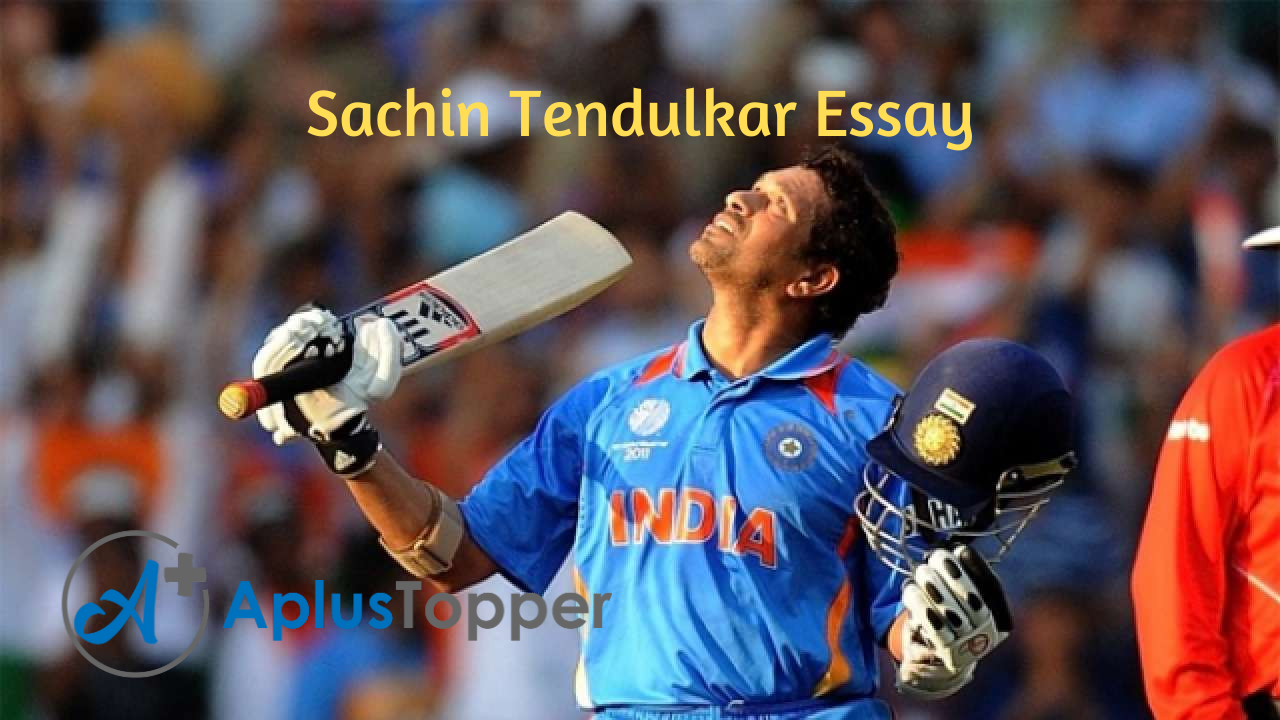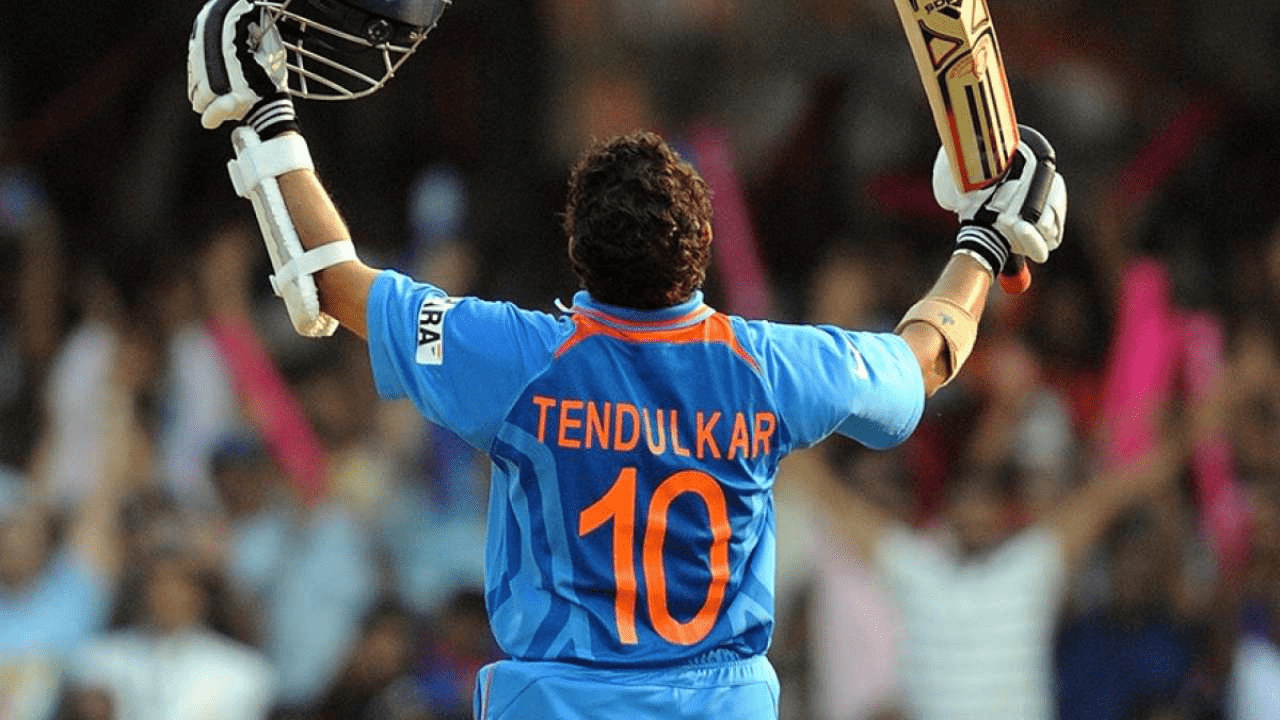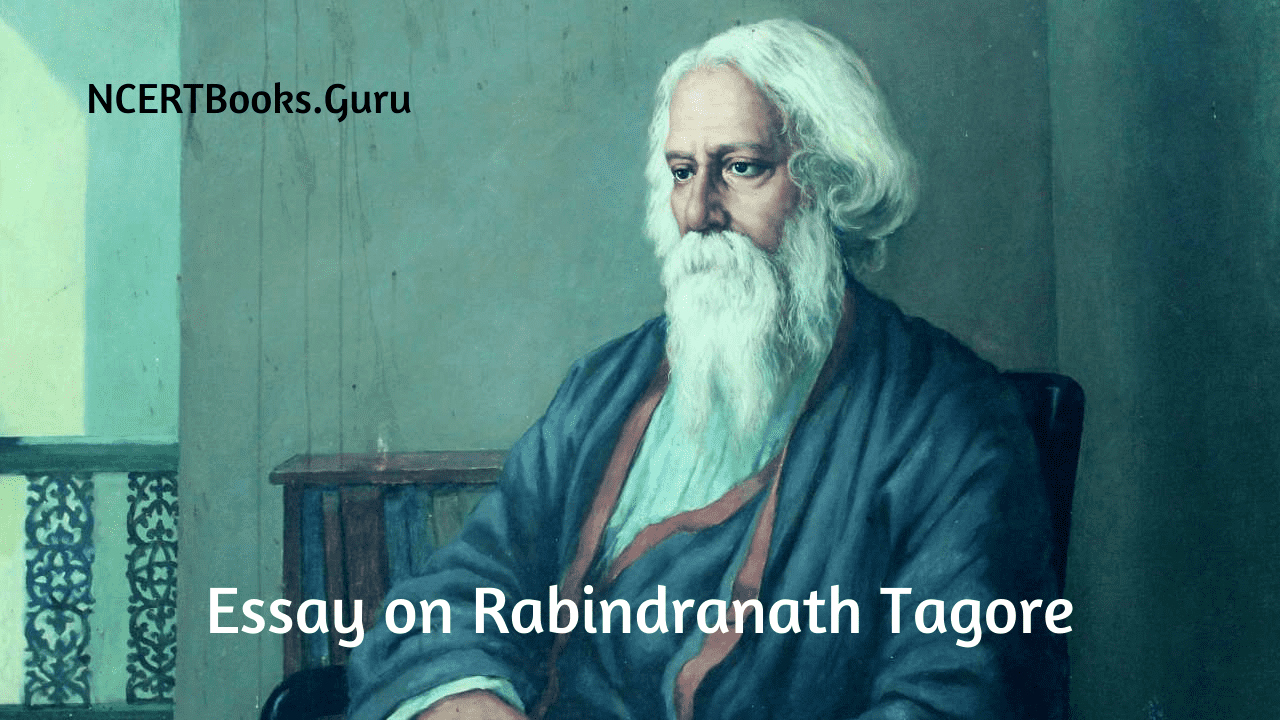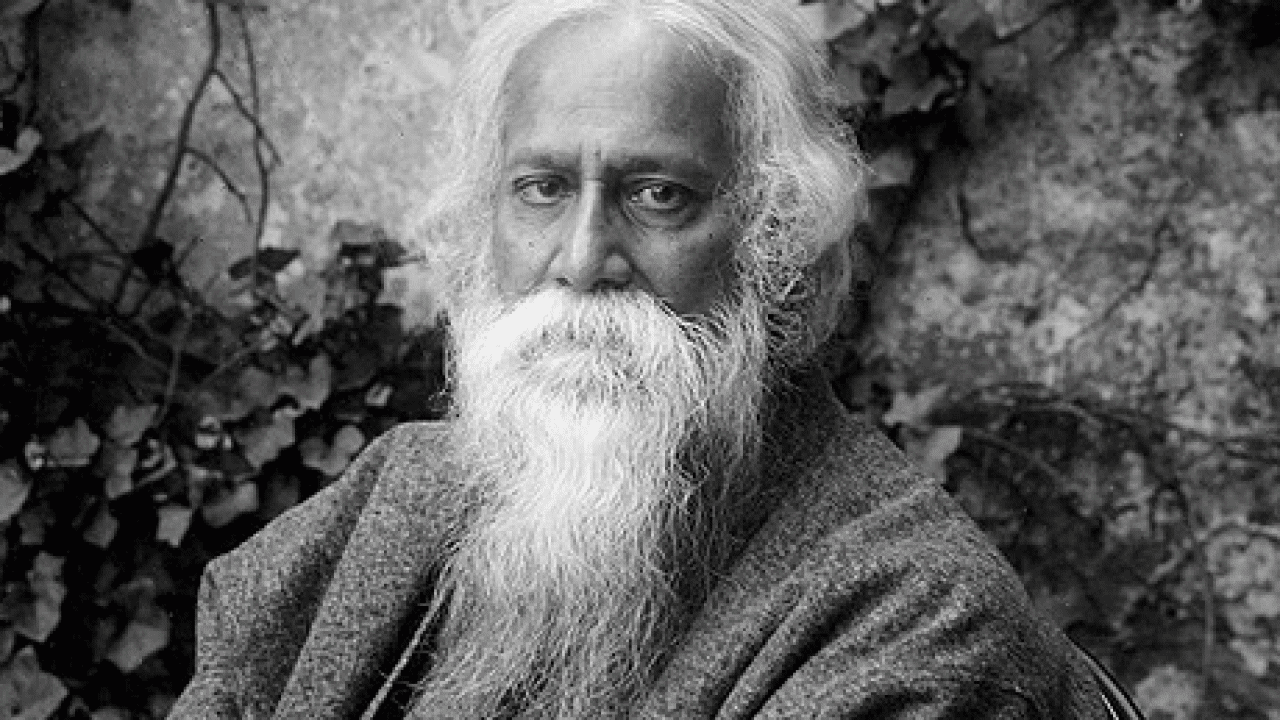An Ideal Student Essay: The word ‘student’ refers to ‘a learner’. A person who wishes to acquire a certain kind of knowledge and wisdom or skills in a particular field or enhances his/her intellectual capabilities in a general manner is a learner or a student. Though, all of us remain students of the Great Master called Life throughout, yet our life is so divided, that we spend around 15-20 years of the early part of our life in acquiring the necessary knowledge in order to lead a successful life later.
Students can find more English Essay Writing Topics, Ideas, Easy Tips to Write Essay Writing and many more.
Long and Short Essays on An Ideal Student for Kids and Students in English
Given below are two essays in English for students and children about the topic of ‘An Ideal Student’ in both long and short form. The first essay is a long essay on An Ideal Student of 400-500 words. This long essay about An Ideal Student is suitable for students of class 7, 8, 9 and 10, and also for competitive exam aspirants. The second essay is a short essay on An Ideal Student of 150-200 words. These are suitable for students and children in class 6 and below.
Long Essay on An Ideal Student 500 Words in English
Below we have given a long essay on An Ideal Student of 500 words is helpful for classes 7, 8, 9 and 10 and Competitive Exam Aspirants. This long essay on the topic is suitable for students of class 7 to class 10, and also for competitive exam aspirants.
This calls for a systematic and organised system of education. Pupils under the ambit of this formal system of education spend a bulk of their childhood, adolescence and a part of their youth in acquiring all the pre-required knowledge needed to build up a successful career and thereby lead a successful life.
Thus, we see that a person for the first quarter of his life is foremost a student. Even in ancient times in our country, the life of a person was systematically divided into four parts called the Ashramas viz the Brahmacharya Ashrama, the Grihastha Ashrama, the Vanprastha Ashrama and the Sanyasa Ashrama.
The Brahmacharya Ashrama was the time when the child practised celibacy and acquired knowledge, wisdom and understanding at the feet of his Guru. Even in these Ashramas, the students were supposed to be disciplined and abide by the rules of their Gurus. These rules were same, for the members of the royal family as well as for others.
A person in order to acquire knowledge and gain wisdom should have certain qualities capacities and abilities in him in order to be a good student. A person who has such capacities makes for a desirable and likeable student in the eyes of his teacher. An ideal student should first of all be punctual.
He should know the value of time. Unless he realises how precious the time is, he will not be able to master himself. If he lacks this quality, time, the great power, will finally beat him and he will fail to achieve his goals. Next, an ideal student should be obedient and should have an open mind. Unless he follows the instructions of his teacher and allows himself to be corrected and reformed for betterment, a student will never be able to succeed in life.
A good student should be humble as well. If he is humble, only then he will be able to learn, be obedient and will gain the knowledge and the skills imparted by the teacher. Students are like raw clay in the hands of a teacher. They are like tender saplings which need to be grafted and groomed. This is possible only, if the clay is willing to be moulded in a desirable shape and the sapling is tender.
A good student should be responsible. Without having the capability to shoulder the responsibility regarding anything, a student will not be able to achieve anything worthwhile in life. Only a responsible person can carry forward the greater responsibility of being a good citizen, a good person or even for that matter shoulder the responsibility of a family. A good student should be persevering and consistent in his studies. A person who moves ahead continuously without being discouraged by failures and obstacles, succeeds in life. Along with having perseverance, a good student should be hard working. Hard work and consistency go hand in hand.
Moreover, a good student will never be selfish. He will be very helpful. Knowledge, it is said, increases only by sharing. An ideal student will always help his fellow students. He will be full of humility and will know no pride, conceit, vanity or selfishness. An ideal student will have a keen observation and a curious mind.
Without these two, he will fail to acquire knowledge, wisdom and understanding. Infact, they are the seeds of knowledge. Only a curious mind will seek new things and like to learn novel ideas as knowledge of new things can be acquired only by a keen observer.
In modern days, an ideal student is sometimes mockingly called a ‘book worm’ or a ‘teacher’s pet’. But instead he is a person who aptly utilises his time. He studies while it is time to study. And plays appropriately too for his physical development. He is never slave to his senses. An ideal student could have the curiosity for modern gadgets like others. But they know how to avoid temptation and addiction. A school serves like a community and an ideal student would learn to be a successful member of it; thereby proving an assent to the institution and to the country.

Short Essay on An Ideal Student 200 Words in English
Below we have given a short essay on An Ideal Student is for Classes 1, 2, 3, 4, 5 and 6. This short essay on the topic is suitable for students of class 6 and below.
Swami Vivekananda has inspired many generations not only in India but in the world as well. In his lessons, he has elaborated on certain qualities that a person should have in order to be an ideal student. Some of them are: respect, love, self-discipline, self-control, faith, concentration, truthfulness, conviction, strength, firm-determination etc. The teachings of Swami Vivekananda has inspired many legendary figures thinkers and leaders.
These intellectual capacities are not sufficient. A healthy mind resides in a healthy body. Thus, an ideal student has to be physically strong and fit in order to have a good concentration and to work hard. An ideal student therefore, keeps fit by exercising regularly. Exercise increases his capacity to concentrate, makes him disciplined and orderly.
And we all know a disciplined student is always successful. Finally, a good student is also respectful. He who knows no respect, knows no knowledge, is a maxim. One cannot progress without the blessings of his teachers and elders, which he earns only when he is respectful. These are but a few qualities of an ideal student which are his beacons on his march towards attaining the eternal wisdom.
An Ideal Student Essay Word Meanings for Simple Understanding
- Ambit – range, reach, extent, scope
- Celibacy – the condition of being
- Abidyby unmarried – comply, follow
- Grafted – to join or unite closely
- Tender – easily damaged, vulnerable or sensitive
- Ardent – enthusiastic, keen, eager
- Bowmanship – the sport of shooting arrows with a bow
- Consistent – steady, even, regular, stable, constant, persistent
- Conceit – self-importance, vanity, arrogance
- Vanity – pride, arrogance
- Asset – benefit, service, aid, advantage
- Conviction – strong belief
- Beacons – a guiding or warning signal

